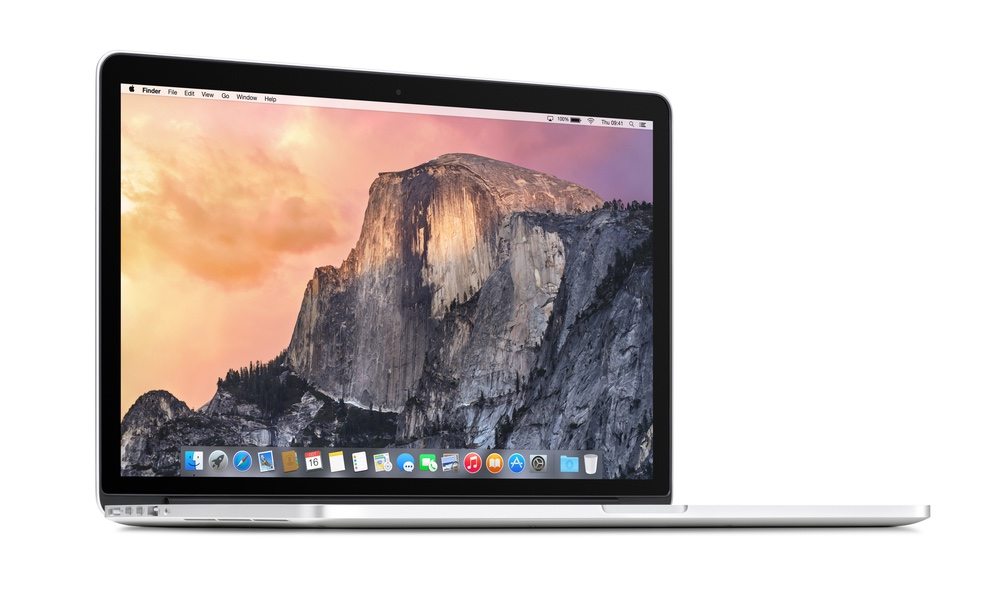How to Protect Your Mac From the Latest “Critical” Flash Vulnerability

Toggle Dark Mode
Adobe recently announced the latest in a seemingly endless string of “critical” flash vulnerabilities, which, as threats to Mac computers, specifically, have been known to enable an unknown attacker to take control of the infected system.
Fortunately, even though this is essentially the same vulnerability discovered within the San Jose, California-based, software developer’s AiR software package, the company has since released a subsequent update to fix the recent issues.

According to an official statement posted to the company’s website, “Adobe has released security updates for Adobe Flash Player on Apple’s Safari browser. These updates address critical vulnerabilities that could potentially allow an attacker to take control of the affected system.”
Additionally, the company notes, “Adobe is aware of a report that an exploit for CVE-2016-1010 is being used in limited, targeted attacks.”
To update your current version of Flash in Apple’s Safari browser, you can visit the company’s official Adobe Flash Update page and select the “Install Now” button in the farthest bottom, right-hand column on the screen. As always, we recommend that these updates only be downloaded directly from Adobe, itself, and not a 3rd party software provider.
Although Apple is known to block vulnerable versions of Flash in the Safari browser — most particularly on its iOS mobile devices, such as iPhone and iPad — this latest update isn’t an instant process, as has traditionally been the case in the past.

Apple’s relationship with Adobe over the years has been somewhat bittersweet. Back in 2010, for instance, Apple’s late CEO, Steve Jobs, famously penned an essay titled “Thoughts on Flash” — within which he outlined the plethora of reasons why he would never consider allowing Adobe’s widely embraced Flash software to run on Apple’s iOS mobile devices.
In another instance of vulnerabilities being discovered, back in October of 2015, Adobe acknowledged a similar “critical vulnerability” that was discovered within its Flash Player software — however a sequent update in that case, as appears to be the case this time around, as well, has laid those past vulnerabilities out to pasture.
Have you updated your Flash Player on Apple’s Safari browser for Mac? If not, you can do so relatively easily by visiting the following link: Adobe Update Page
Learn More: Leaked iPhone 7 Case Confirms Lack of Headphone Jack






